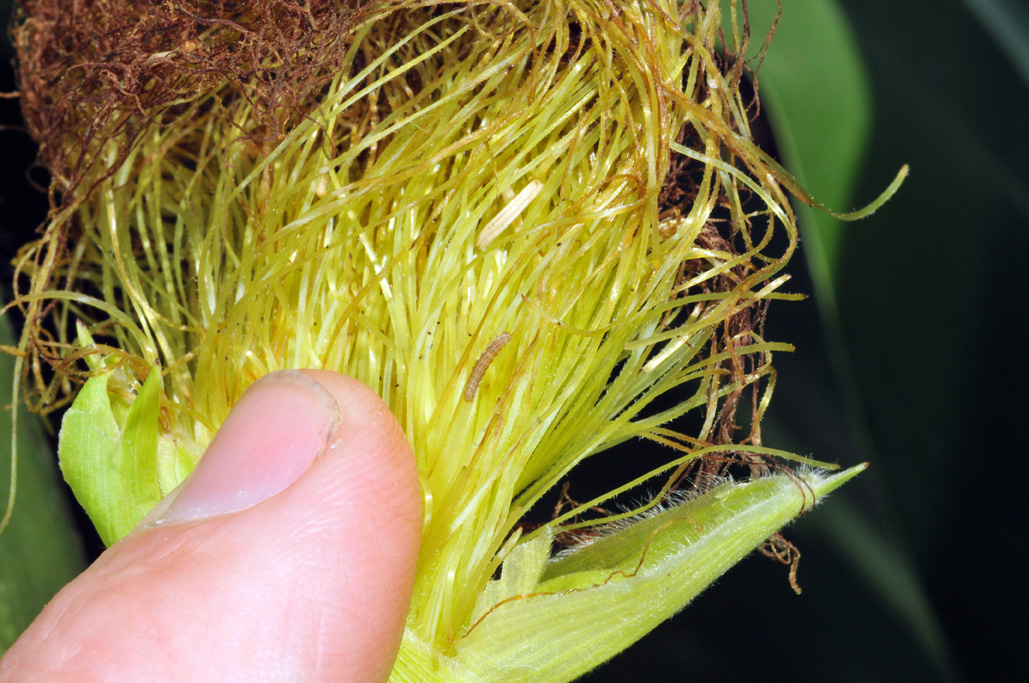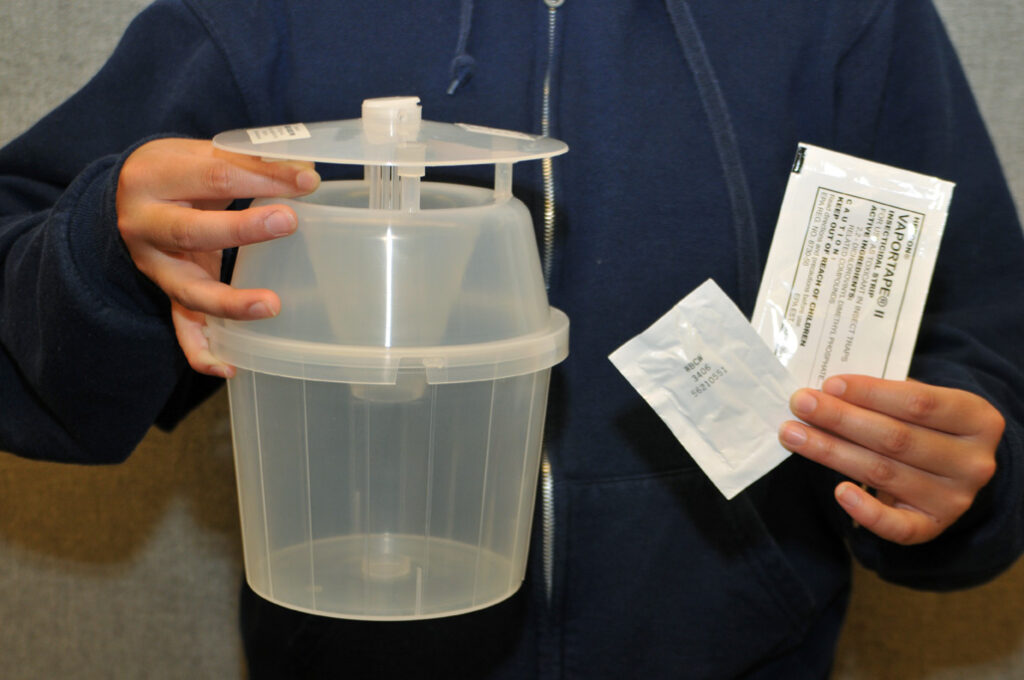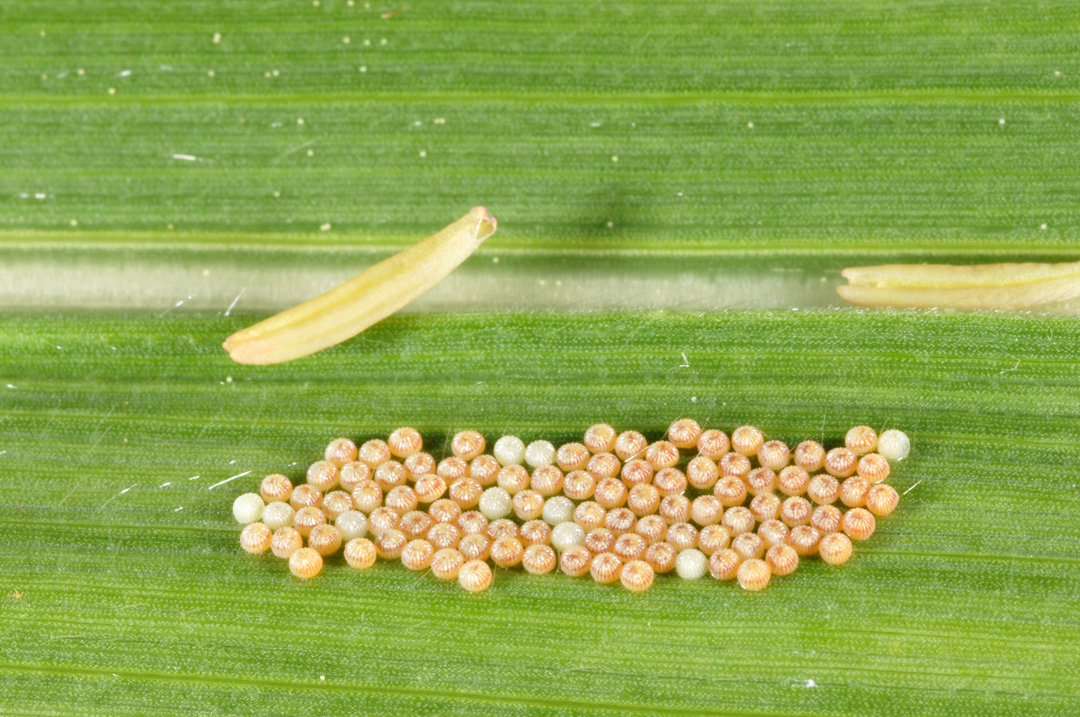
The vast majority of cornfields in the northwestern counties of Indiana have reached or have passed pollination.

The vast majority of cornfields in the northwestern counties of Indiana have reached or have passed pollination.

As we move into the first days of summer, we are finished with the early season, migratory moths and caterpillars (armyworms, black cutworms) and are now into those that overwinter here. For those pheromone trapping for western bean cutworm moths, you should begin this week. This is just the beginning of an extended moth emergence and flight, with their peak activity expected 2-3 weeks from now. Those in high-risk areas, i.e., sandy soils, high moth flight and WBC history should be gearing up for field scouting of corn, even those with Bt-traits. Depending on the trait expressed by your corn hybrids, efficacy can be highly variable. Scouting of pre-tassel corn should begin once multiple moths are being captured regularly. In five different areas of a field, inspect 20 consecutive plants for egg masses which are laid on the upper surface of the top leaves of corn and/or larvae that may[Read More…]
2023 Western Bean Cutworm Pheromone Trap Report
2023 Western Bean Cutworm Pheromone Trap Report

The western bean cutworm (WBC) trapping season continues, and after a slow start, moth flights have rapidly increased in many northern Indiana county traps the past two weeks. With warm temperatures, egg development and hatch will happen within about 6-8 days after they are first placed by females. This will give little time for egg scouting. Unfortunately larval scouting is far more difficult, time-consuming and less reliable. In other words, some larvae have hatched and have already infested corn whorls, leaf axils, and/or ears. Control is very difficult at this point and those just looking for egg masses beginning now will likely be underestimating the population. However, it’s not too late! Although some eggs have hatched, our current period of increased moth activity represents the peak for egg-laying, as the vast majority of WBC eggs will be laid over the next 2 weeks. Use moth trap catches[Read More…]
2023 Western Bean Cutworm Pheromone Trap Report
2023 Western Bean Cutworm Pheromone Trap Report
2023 Western Bean Cutworm Pheromone Trap Report
2023 Western Bean Cutworm Pheromone Trap Report
2023 Western Bean Cutworm Pheromone Trap Report
© 2026 Purdue University | An equal access/equal opportunity university | Copyright Complaints | Maintained by Pest&Crop newsletter
If you have trouble accessing this page because of a disability, please contact Pest&Crop newsletter at luck@purdue.edu.